To discuss the safest cities in Pennsylvania, you must first know what defines a city.
Moreover, the word safety itself requires acknowledging that factors beyond the raw crime rate affect safety in sometimes unexpected ways.
For example, vaccination rates for preventable diseases; the number of hospitals, clinics, and critical care facilities; the quality of schools; graduation rates; the unemployment rate, and the number of available employment sources all affect a city’s relative safety and livability.
Beyond raw data, however, a city’s safety level may not be the same for everyone.
Contents
- How Does Pennsylvania Law Define a City?
- The Four City Classes In Pennsylvania
- Comparative Safety of Pennsylvania Cities
- Ten Safest Cities in Pennsylvania
- Five Tips for Travel in Pennsylvania
- Summary
- Pennsylvania Safety Overview
- Frequently Asked Questions
- Which Philadelphia neighborhood has the highest rate of property crime?
- Do Airbnbs in Philadelphia rowhomes have a higher fire risk?
- Who do I call about nuisance animals at rest stops or campgrounds in Pennsylvania?
- What about ticks and rabies when visiting the Johnstown Flood National Memorial?
- What should I do about severe weather in Pennsylvania?
How Does Pennsylvania Law Define a City?
As of 2022, the Pennsylvania Department of Community and Economic Development counts only 56 of the state’s 2562 municipal corporations as cities.
After holding a referendum in which a simple majority of registered voters vote yes, any municipal corporation with at least 10,000 residents may decide to incorporate as a city.
In addition, two contiguous municipal corporations may also choose to become a city if their combined populations equal 10,000.
But, again, a majority of voters in each must cast an affirmative ballot.
The Four City Classes In Pennsylvania
By state law, Pennsylvania has four city classes.
First Class cities have 1 million or more residents.
Only Philadelphia currently meets that criteria.
Cities between 250,000 and 999,999 residents fall into the Second Class, a title now held only by Pittsburgh.
The City of Scranton owns the title Second Class A due to a historical dispute with Pittsburgh.
Second Class A cities include between 80,000 and 249,999 residents.
The remaining 53 Pennsylvania cities fall into the Third Class: cities with fewer than 250,000 residents who have not voted for Second Class A status.
Comparative Safety of Pennsylvania Cities
The crime rate indicates the success or failure of a city in providing police protection to its residents.
For example, compared to last year, homicides dropped 10 percent to 154 in Pennsylvania’s largest city, Philadelphia.
However, Philadelphia is safer compared to Johnstown’s six homicides in 2022.
Harrisburg had 14 homicides in 2021 and has already experienced 10 in 2022.
Unfortunately, a lack of reported data for 2020 through April 2022 makes comparisons by crime rate nearly impossible.
Moreover, with many data collection services using algorithm-based estimates instead of accurate data, you must take crime rates with a salt shaker, not just a grain.
For example, Sharon and Croydon did not report any homicides for the same period.
Ten Safest Cities in Pennsylvania
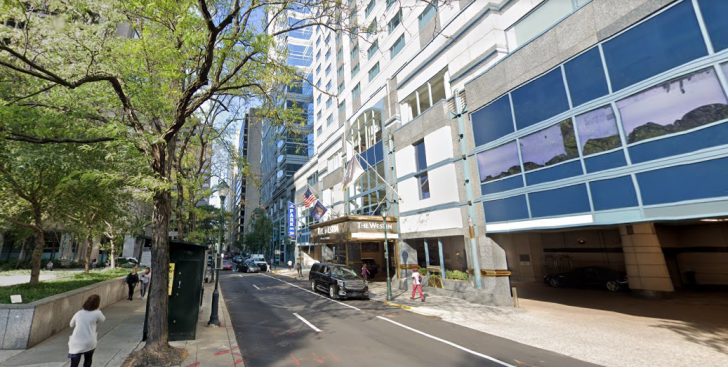
Philadelphia
When you calculate its homicides as a percent of its population, Philadelphia measures up more favorably than you would think: 0.001 percent.
With 61 hospitals inside city limits, each one serves approximately 25,991 residents.
Despite the 23 percent poverty rate, the median household income of $49.127 ensures that at least 77 percent of the city’s residents can afford food, housing, and transportation.
Recent efforts to reign in gun violence have made Philadelphia safer than in previous years, although much work remains.
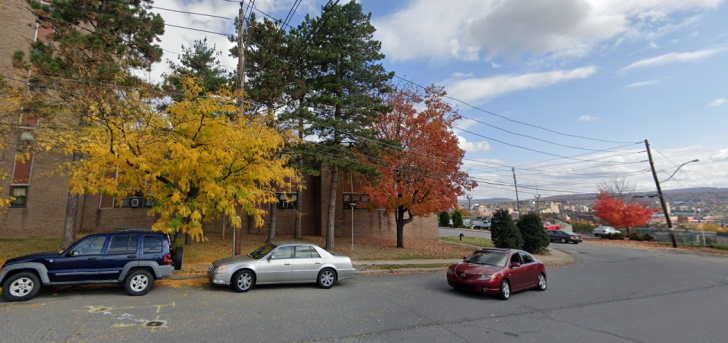
Scranton
Scranton police have not reported any homicides to the FBI for 2022.
This lack of homicides continues a trend from 2019 and 2020.
Additionally, nearly 88 percent of Scranton inhabitants have health insurance, making the eight hospitals that serve the city fully accessible.
Moreover, 93 percent of Scranton’s population has, at minimum, a high school education.
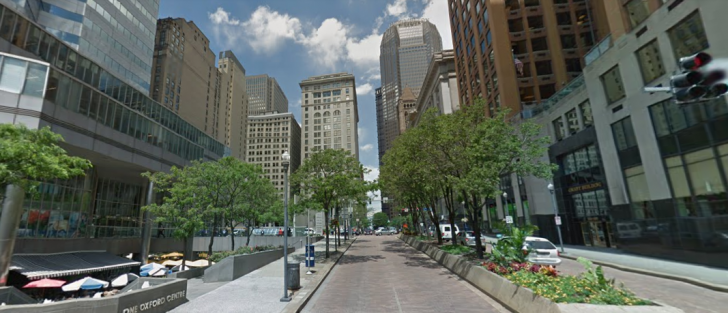
Pittsburgh
The city reported eight homicides in the first two months of 2022, making its homicide rate 0.002 percent.
Nevertheless, having 65 hospitals and primary care clinics within Greater Pittsburgh ensures that residents receive prompt medical care when they need it.
In addition, nearly 94 percent of Pittsburgh’s population has insurance coverage, and area medical schools guarantee plenty of doctors, nurses, and other healthcare workers to serve everyone’s needs.
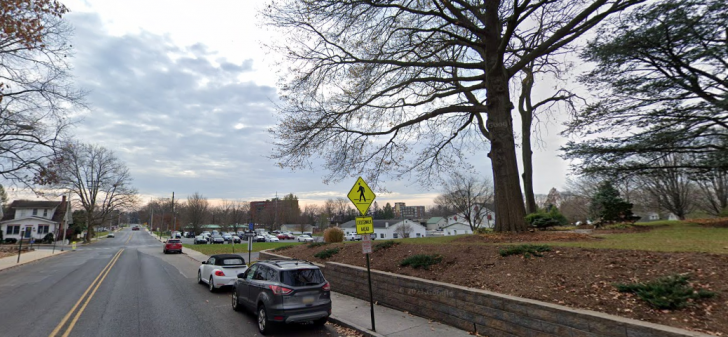
Lebanon
This city recorded one homicide with the FBI for 2019, giving them a 0.003 percent crime rate.
With three hospitals serving its 26.814 residents and 89 percent having health insurance coverage, Lebanon’s population can count on quality healthcare.
Sperling’s Best Places voted Lebanon as the second-least stressful U.S. city.
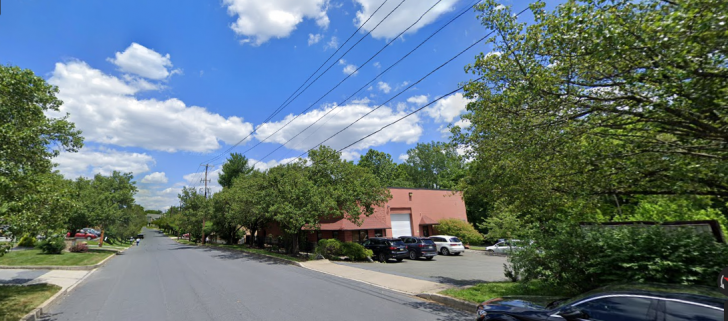
Allentown
The most recent homicide data from the FBI included seven homicides in 2019, giving the city a homicide rate of 0.005.
Allentown has 14 hospitals, with each one having to serve 8989 individuals.
Over 12 percent of residents lack insurance, and 80 percent have completed high school.
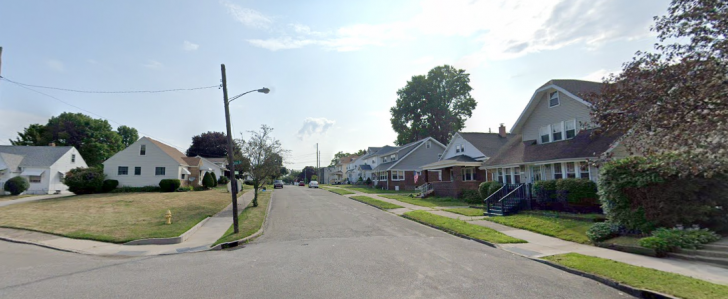
Erie
The nine murders in the city in 2019 gave Erie a 0.009 percent homicide rate.
A tad over 82 percent of Erie’s residents have health insurance, and 86.6 percent have completed their high school education.
You can visit Presque Isle State Park, attend the Flower Festival at Port Farms outside Erie, or take a paddleboat ride on the Victorian Princess.
You may also opt to root for the Erie SeaWolves baseball team or attend a Drag Brunch at The Zone Dance Club.
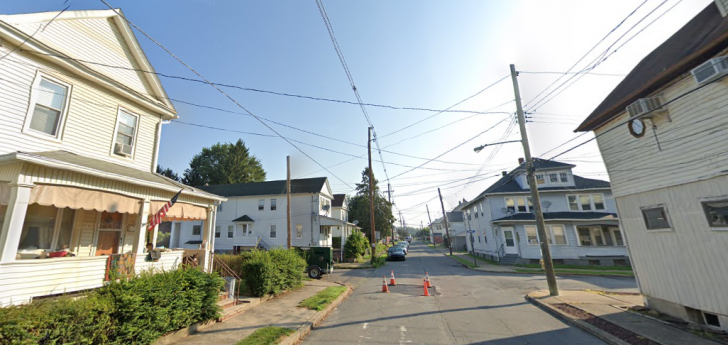
Wilkes-Barre
The city recorded five homicides in 2021, giving it a rate of 0.011.
Wilkes-Barre’s 30 hospitals each serve 1477 people, and almost 91 percent of its residents have health insurance policies.
Furthermore, nearly 85 percent of Wilkes-Barre’s population has a high school education, and close to 18.5 percent went on to complete a college education.
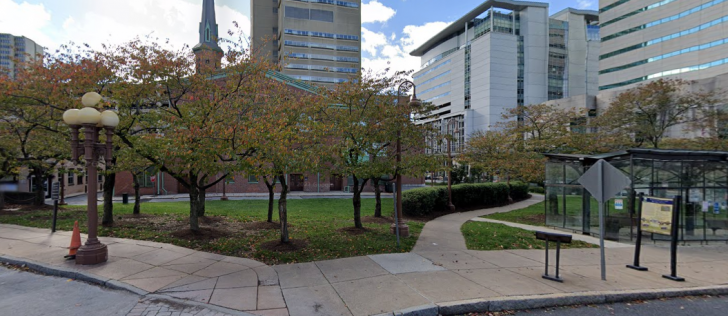
Harrisburg
With a population of 50,099, Harrisburg’s homicide rate equals 0.019 percent.
Eight hospitals serve 6,262 people.
Since 89.7 percent of Harrisburg residents have health insurance, disease prevention efforts balance the reduced availability of hospital beds per capita.
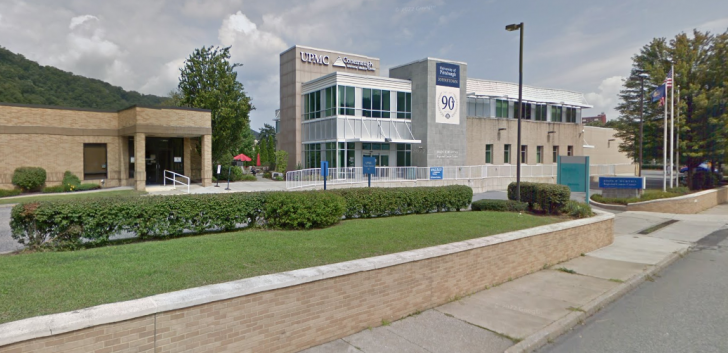
Johnstown
With a population of 18,411 on April 1, 2020, Johnstown’s current homicide rate of 0.032 percent compares favorably to other Class Three cities in the state.
Within city limits, 24 hospitals serve just 767 local householders each.
The availability of such excellent medical care per capita increases safety through emergency response and disease prevention.
In addition, 84.5 percent of residents have graduated from high school, and 92.5 percent have medical insurance.
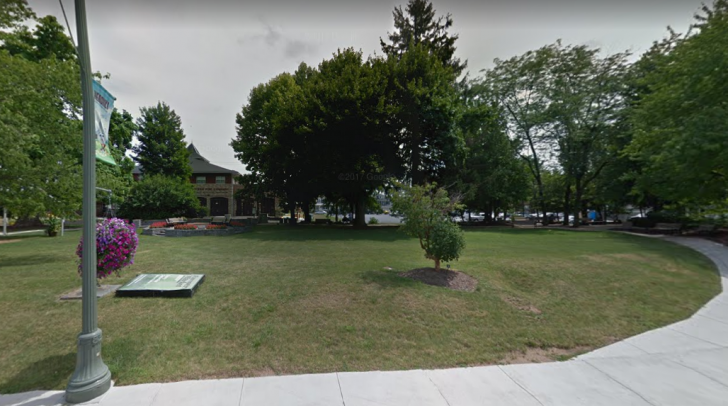
Hershey
Home of the chocolate factory of the same name, Hershey’s 13,858 denizens weathered a homicide rate of 0.0452.
Incredibly, Hershey boasts a 98 percent rate of health insurance coverage, possibly the highest in all of Pennsylvania.
Couple that with an 88.5 percent high school graduation rate and throw in a 49.5 percent rate of graduating from college, giving you the security many U.S. residents would love to have at their fingertips.
Five Tips for Travel in Pennsylvania
- Tune into 511pa.com for updates on traffic snarls, detours, and live weather updates. The website also provides locations of rest areas and EV charging stations.
- In spring and fall, drive at lower speeds and leave one extra car length for every 10 miles per hour of speed between you and other drivers when traveling through wet leaves, under bridges, or overpasses.
- Do not feed bears or other wild animals near rest areas or public parks. Never take photos with cubs, no matter how cute: Mama will nearly always appear before you wrap up your photoshoot.
- Never flash your cash, jewelry, wallet, or electronics while riding public transportation. In addition, leave your designer duds at home. Dress casually in clothes that do not have company logos.
- Travel slower during deer hunting and mating seasons. Always assume more deer will cross if you see one in or near the road.
Summary
You can travel safely throughout Pennsylvania’s rural and urban areas while visiting its numerous state and national parks and historical sites.
First, remain aware of your surroundings at all times, and avoid wild animals and poorly-lit areas.
Second, keep a safety kit with supplies suitable for changing weather and road conditions in your vehicle.
Finally, enjoy your visit to the Keystone State and return as often as you wish.
Pennsylvania Safety Overview
READ THE FULL REPORT: Pennsylvania Safety Review
Safety Index:
- OVERALL RISK: MEDIUM
- TRANSPORT & TAXIS RISK: LOW
- PICKPOCKETS RISK: LOW
- NATURAL DISASTERS RISK: LOW
- MUGGING RISK: MEDIUM
- TERRORISM RISK: LOW
- SCAMS RISK: LOW
- WOMEN TRAVELERS RISK: LOW
Frequently Asked Questions
Which Philadelphia neighborhood has the highest rate of property crime?
Parkland has more than three times as much property crime (39.91 percent) as Northern Liberties/Fishtown (9.07 percent).
Therefore, be vigilant, stay in well-lit areas with visible police presence and never play big spender when you need to stop for gas or food while traveling.
Do Airbnbs in Philadelphia rowhomes have a higher fire risk?
Yes, an entire block of rowhomes can go up in flames together.
GET OUT immediately if you smell smoke, feel unusual heat on connecting walls, or see flames.
NEVER fight a fire that could block or is blocking your exit.
Who do I call about nuisance animals at rest stops or campgrounds in Pennsylvania?
Call the correct regional office of the Pennsylvania Game Commission for advice on how to proceed.
What about ticks and rabies when visiting the Johnstown Flood National Memorial?
Read the National Park Service tick-borne disease and rabies fact sheets.
Avoid the edges of hiking trails and walking paths.
Do not approach animals that behave in atypical ways for their species, the season, and the time of day.
What should I do about severe weather in Pennsylvania?
First, keep an NOAA weather radio and a backup battery with you.
Second, STAY PUT if you are indoors when a storm approaches.
Third, follow the severe weather tips at Erie News Now or the local weather station nearest you when traveling near Erie, Pennsylvania.
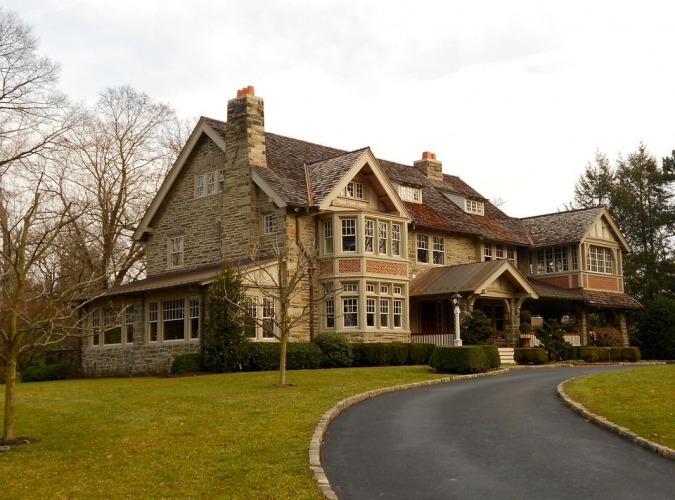

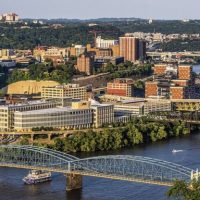









While these cities are recognized as safe, it’s hard to remember that safety conditions can vary within neighborhoods. Local advice and awareness is the key.
Pennsylvania has a diverse range of cities with varying levels of safety, determined not just by crime rates but also by factors such as healthcare, education, and employment opportunities.